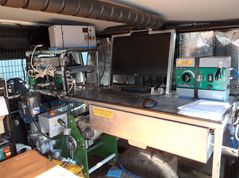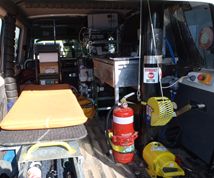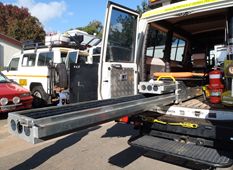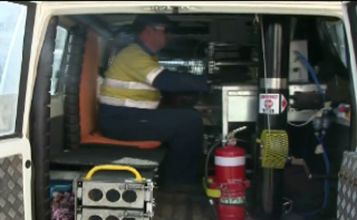LOGGING SYSTEM COMPATIBILITY OVERVIEW:
There are a number of mineral logging system and probe manufacturers worldwide. All manufacturers offer most main stream logging probes and have strengths in different areas. The issues for the logging contractors is compatibility between logging systems which can impact data quality and comparison between systems and further impact upon operational efficiency.
LOGGING SYSTEM COMPATIBILITY PROBE SPECIFICATIONS:
For most logging probes, there is not a single defined standard for detector type, spacing etc. The specifications are close but not exactly the same.
Take for example the formation density probe:
A collimated density detector housing is common but the collimated material is not.
A single arm caliper arm is standard but the length and strength of the caliper arm is not.
A sodium iodide detector(s) is standard but the size, spacing and number of detectors is not. Most formation density probes would have two density detectors for compensation of the density data, some have three. Most short spacing detectors are between 20cm and 25cm from the source.
For the geologist, when comparing data sets from different probe manufacturers, there can be subtle differences between the data sets as a result of the different probe specifications. However, for many purposes, the subtle differences will not be relevant.
LOGGING SYSTEM COMPATIBILITY LOGGING SYSTEMS:
Surface logging systems are different between the main logging manufacturers, it is their point of difference. The logging systems do not “talk” to the logging probes are other manufacturers (although some claim they do). Typically for a logging manufacturer’s probe to run on a different logging manufacture’s system there has to be some release/exchange of electronic copyright and an electronic upgrade.
It is not unusual for some logging contractors to have multiple logging systems for various probes in their logging unit to cover the requirements of the mining company. This means two sets of surface logging systems in the logging unit. More equipment, more storage, more chance of electronic or mechanical failure, and more runs in the borehole. Less reliability for the mining company and more chances of delay during a drilling program.
There are benefits to having a single logging system in your units:
No duplication of surface logging equipment.
More stable, ergonomic and efficient workspace.
Greater integration of logging probes across the fleet and a lower spare stocking required.
Less probes (risk) going into the borehole, quicker logging time.
Client is always getting the same specifications in their logs from the same probes
Lower manual handling requirements and the system are setup and secure in the logging unit. No need to be continuously unpacking and repacking transit cases at each borehole site.
A single and reliable logging equipment supplier leads to many efficiencies across the logging contractor and importantly all data is sourced from the one type of probe (i.e. all density comes from a same probe type), not least efficient operations which is what the mining company want




